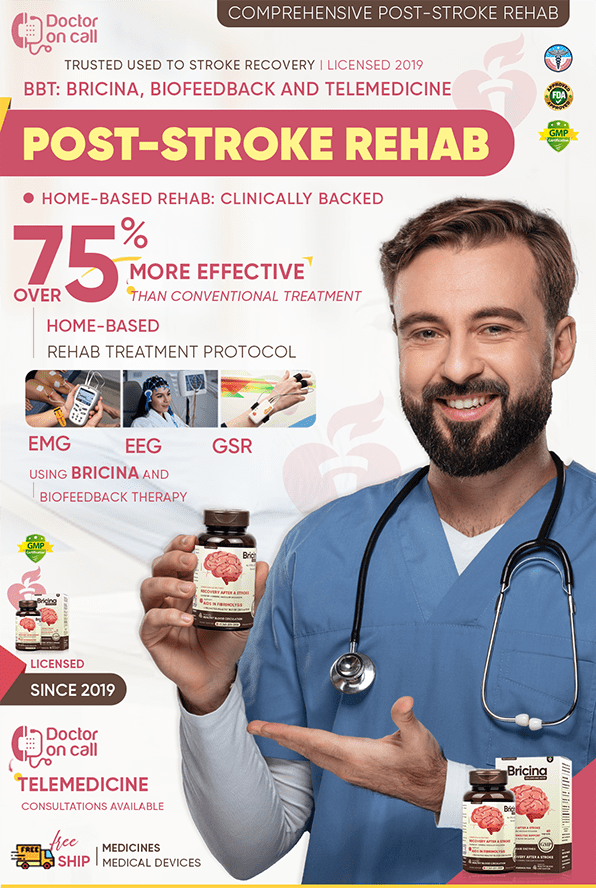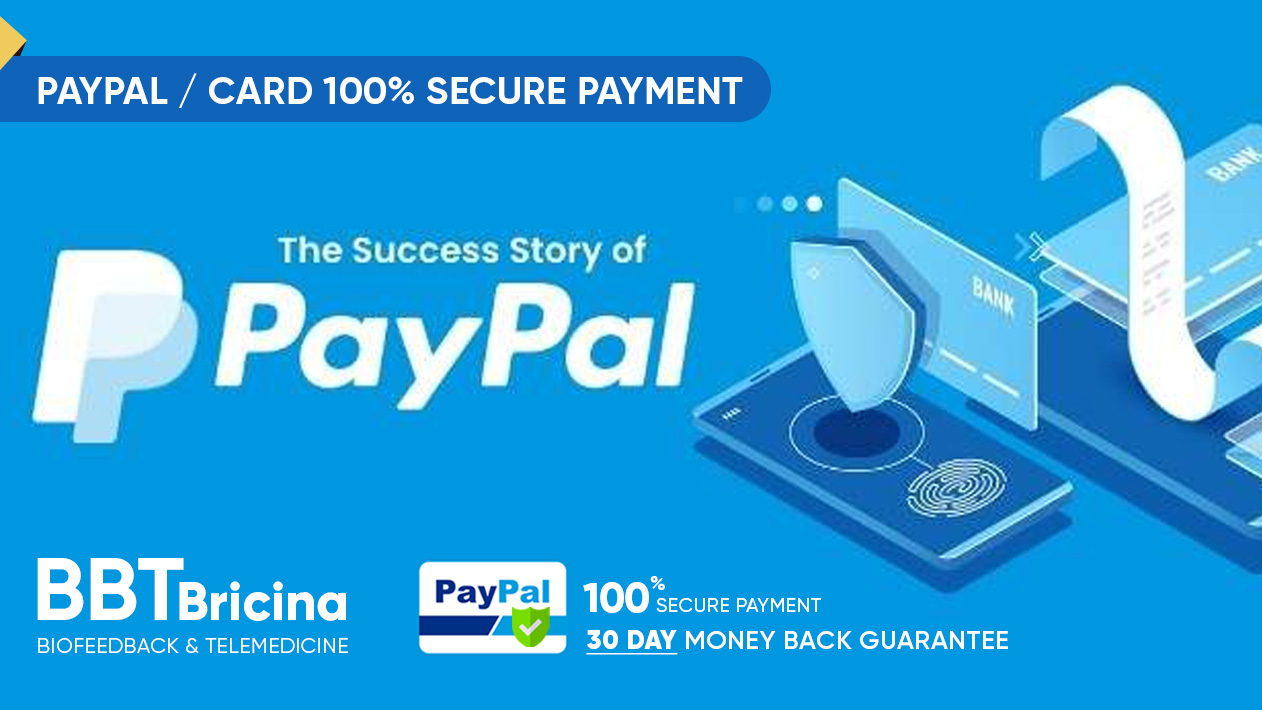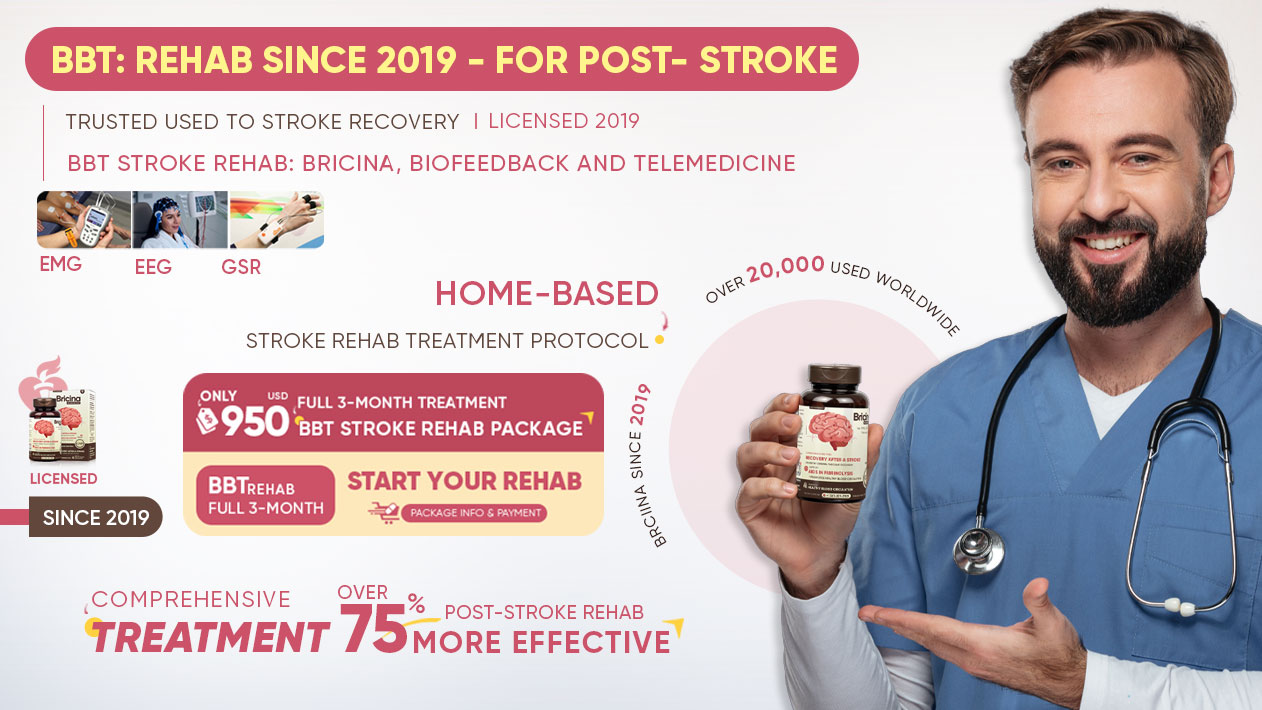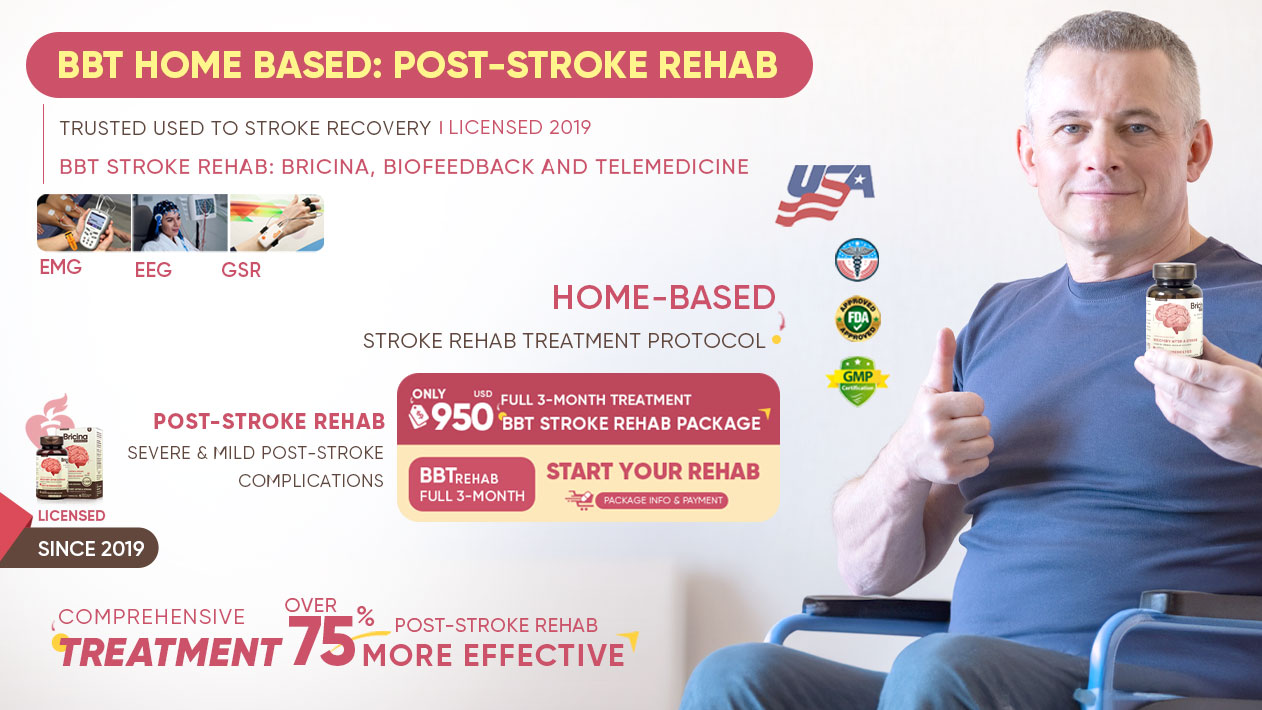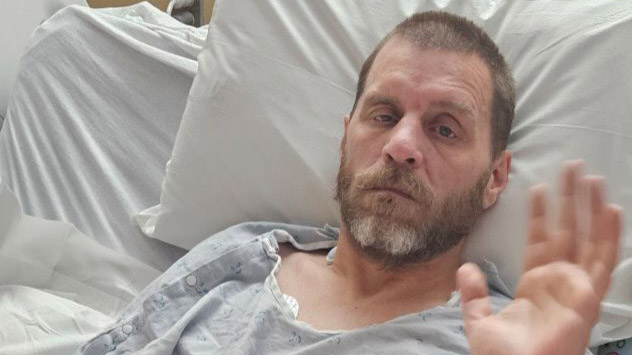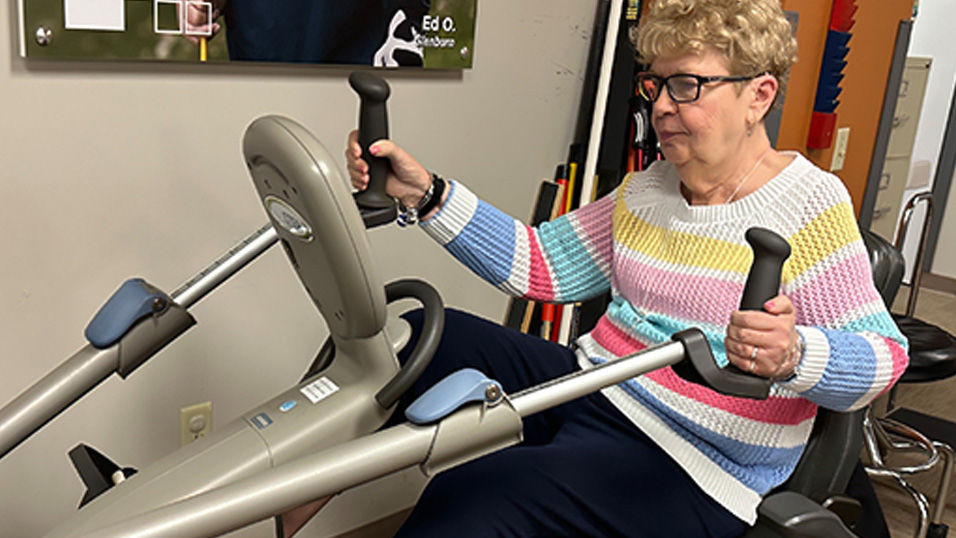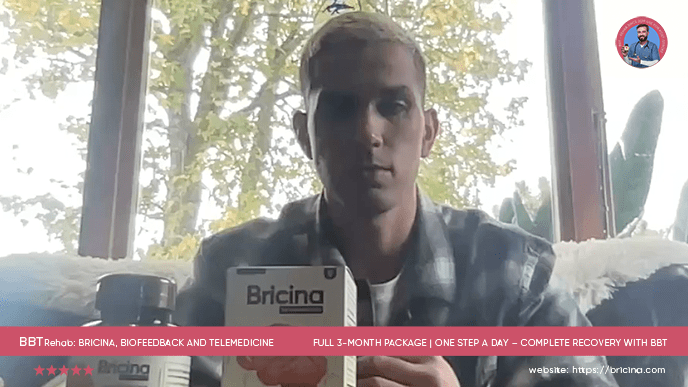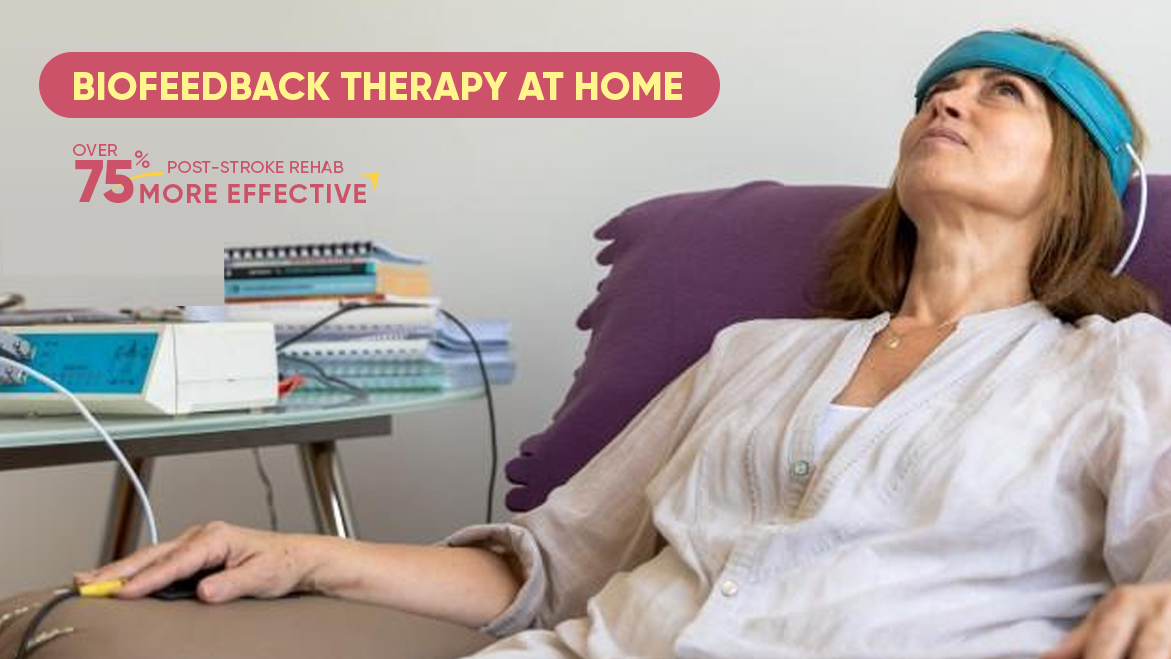
Home-Based Biofeedback – Clinical Evidence on Recovery Effectiveness
Biofeedback is an advanced method that helps patients observe and regulate their body’s physiological activities (such as heart rate, breathing, muscle activity, and brain waves) through specialized sensors.
Home-based biofeedback offers patients convenience, motivation, and faster recovery, empowering them to regain independence in daily life.
EMG-Biofeedback and motor recovery after stroke
2. Gait Biofeedback
A 2021 systematic review suggests gait biofeedback is a promising rehabilitation strategy to improve biomechanical walking deficits post-stroke, thanks to real-time feedback. However, more high-quality trials are needed.
3. Biofeedback for Dysphagia
A randomized controlled trial (2025) using game-based EMG-biofeedback significantly improved swallowing function and quality of life (measured by FOIS, PAS, DOSS, DHI) compared with traditional verbal feedback.
4. BCI-FES (Brain–Muscle Integration)
A 4-week study combining motor imagery-based BCI with functional electrical stimulation (FES) showed increased Fugl-Meyer scores and reorganization of sensorimotor brain areas in stroke patients.
5. Other supportive interventions
FES (Functional Electrical Stimulation): Improves wrist strength, reduces shoulder pain, spasticity, and maintains benefits up to 24 months.
Telerehabilitation: Comparable to in-person therapy (no significant differences in Barthel Index, Berg Balance Scale, Fugl-Meyer Upper Extremity), making it ideal for remote patients.
Cost & Effectiveness Comparison – Biofeedback, Telemedicine, and Inpatient Rehabilitation
1. Direct Cost
Inpatient rehabilitation: In the U.S., average cost ranges from $15,000 – $30,000 per month after stroke, depending on severity and length of stay.
Includes room, physician services, physical therapy, nursing, and diagnostics.
Telemedicine & Home Biofeedback: Average cost for a 3-month tele-rehabilitation package is $900 – $2,500, which is 70–80% cheaper than inpatient care.
Personal biofeedback devices (EMG, HRV, neurofeedback) cost $300 – $2,000, and can be reused long-term.
2. Clinical Effectiveness
Inpatient care: High-intensity, comprehensive, best for acute or severe cases.
Home Biofeedback: Evidence supports improvements in motor recovery, spasticity reduction, swallowing, and cognition. Results are more effective when combined with telemedicine and remote physiotherapy.
Telemedicine: Studies show no significant difference in functional recovery outcomes (Barthel Index, Fugl-Meyer, Berg Balance Scale) compared to in-person therapy, while being cost-saving and accessible for remote patients.
Contact BBT Rehab today for personalized consultation and experience our Home Biofeedback package – a comprehensive, evidence-based solution for stroke recovery.




